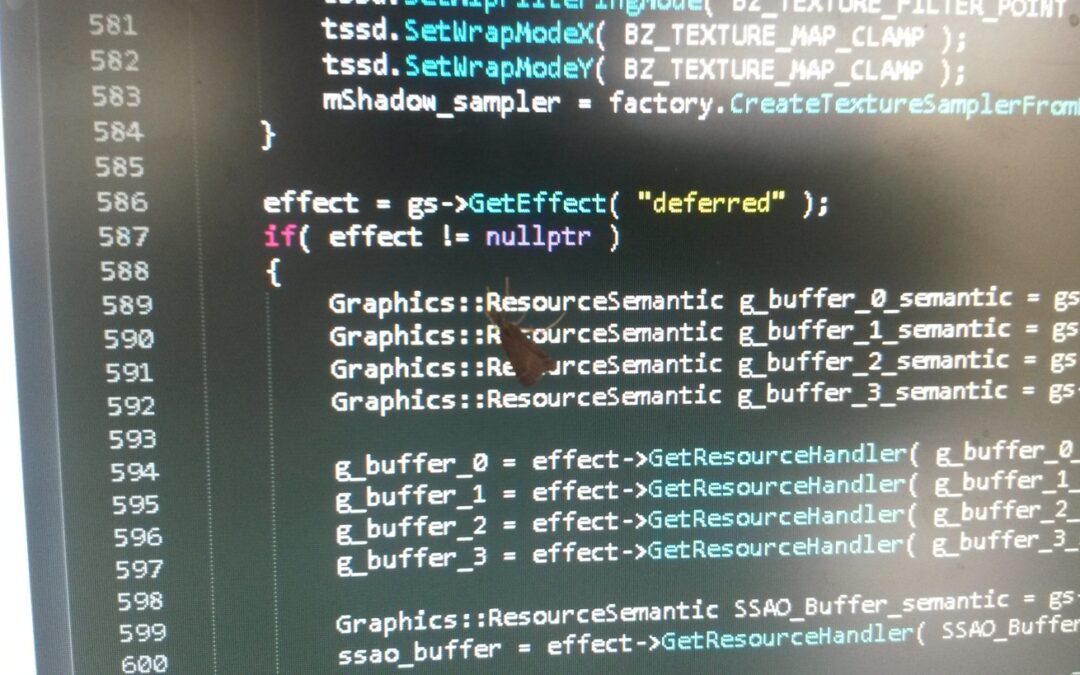
by Noah Harrison
Software is a serious business. Fatal bugs have been around since at least the 1980s, and a decade-old report estimated the annual cost of bugs at $60 billion. Tech companies spend millions on political lobbying. Opponents argue over labor shortages and H-1B visas.
So how about we take some time out to give three cheers for a little levity?

by Noah Harrison
Remember learning about fractals in math or science class? They’re repeating patterns that can be viewed at any scale. That is, keep zooming in on a fractal and you’ll keep seeing the same image — and the same complexity. When a project is first estimated, requirements are usually written at a high level with relatively little attention to detail. That’s especially true today, with the current focus on early releases, beta software, and fast iterations. Why write down a lot of details that are likely to be thrown away before implementation when the first customer release sends the app in a completely different direction?

by Noah Harrison
My previous post demonstrated the use of `Object.defineProperty` to programmatically add a list of properties to an ES6 class, such as a Backbone.Model subclass, reducing the amount of boilerplate code necessary. The example in that post added simple getters and setters, but it’s possible to go further for Backbone.Model properties.
By moving common property configuration and handling logic into a base model class, the many concrete model subclasses can be quite simple and compact. In a single line of code, you can create a new property, with getters, setters, defaults, deserialization support, and many other potential features.




